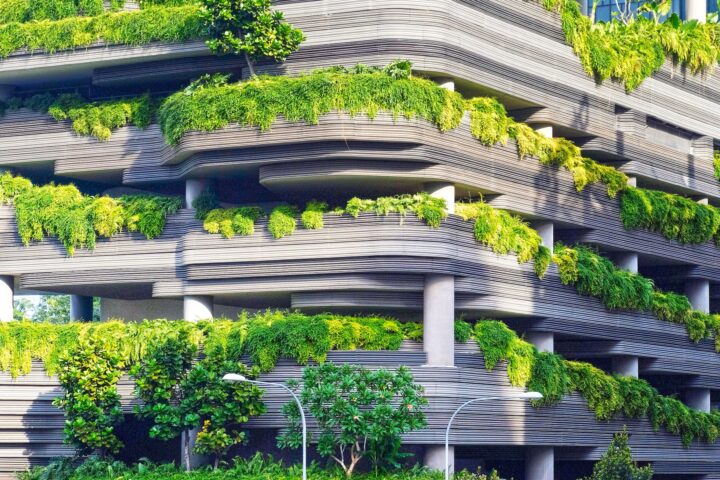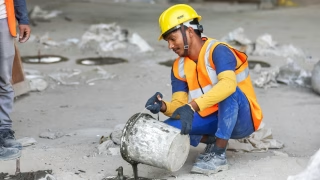
Introduction
“The climate time-bomb is ticking… In short, our world needs climate action on all fronts — everything, everywhere, all at once.”
– Antonio Guterres, UN Secretary General, March 2023
In a world grappling with the urgent need for climate action, the built environment plays a pivotal role in reducing emissions and achieving sustainability goals. Australia, like many other nations, is on a mission to transition to a low emissions economy. This blog highlights the importance of zero-carbon-ready buildings and how they can contribute to a greener future. With the right policies and clear plans in place, we can minimize the costs of transition and create economic opportunities across all sectors.
Australia’s Transition to a Low Emissions Economy
Australia’s journey towards a low emissions economy can be made smoother by implementing clear plans and policies. The following key points from the National Energy Performance Strategy and Australia’s International Climate Engagement show the way forward:
Clear Plans and Steady Trajectory: Governments must set a clear plan and a steady trajectory for emissions reductions in key economic sectors.
Policy Frameworks: Implementing the right policy frameworks can minimize the costs of transition and create economic opportunities for all sectors.
Zero-Carbon-Ready Buildings: Pioneering Sustainability
Zero-carbon-ready buildings are at the forefront of sustainable development. These buildings not only reduce their emissions but also pave the way for other hard-to-abate sectors to follow suit. Here are the defining characteristics of such buildings:
High Efficiency, High Performance: Zero-carbon-ready buildings are highly energy-efficient, reducing overall energy consumption.
Fossil Fuel-Free and Fully Electric: These buildings eliminate the use of fossil fuels for heating, hot water, cooking, and onsite energy generation.
Powered by Renewable Electricity: All energy used in these buildings comes from 100% onsite or offsite renewable sources.
Grid Responsive: These buildings interact with the grid, allowing for demand response and electric vehicle integration.
Offset with Nature: The balance of emissions is compensated or neutralized through investments in high-integrity, nature-based carbon offsets.
Low Embodied Carbon: These buildings are constructed using materials with significantly lower embodied carbon, reducing emissions during construction.
Zero-carbon-ready buildings represent a significant step toward a sustainable, decarbonized built environment.
Conclusion
The urgency for climate action is undeniable, and the built environment holds the key to a sustainable future. Australia’s commitment to transitioning to a low emissions economy is a significant step in the right direction. Zero-carbon-ready buildings are essential in this transition, serving as beacons of sustainability. By embracing these principles and policies, we can work towards a more sustainable, low-emission future, benefiting everyone from homeowners to large businesses.
Let’s work together to make our world a cleaner, greener place.
Disclaimer: The information provided in this blog is based on publicly available sources and government initiatives as of 2023. Please refer to official government websites and press releases for the most current and detailed information.
Copyright © 2023 “Every Building Counts.” All rights reserved.






